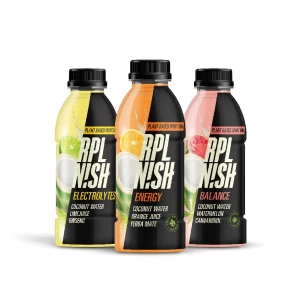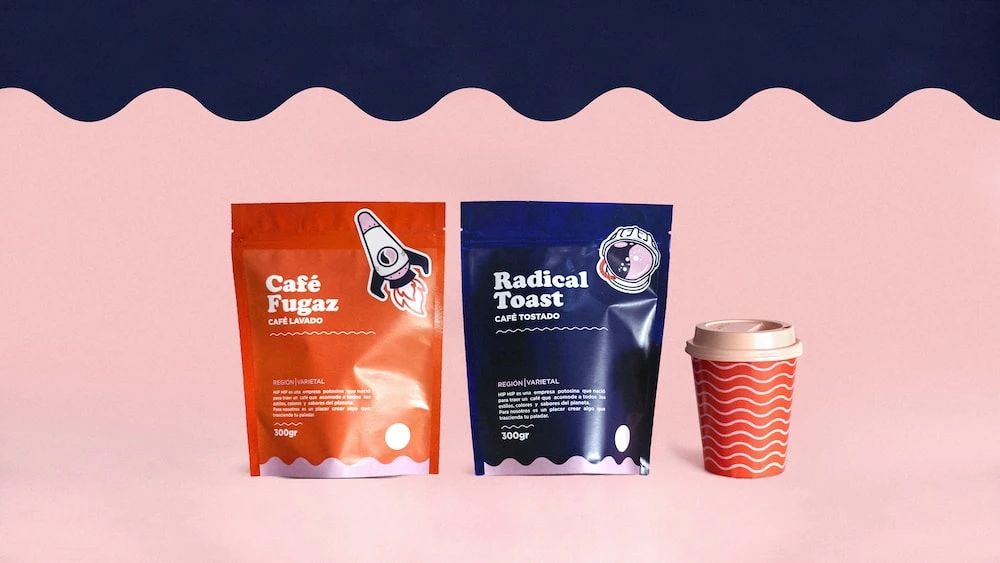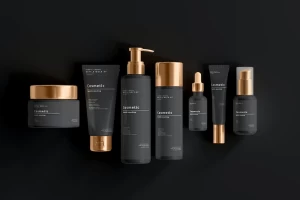Packaging design is a crucial part of product marketing. It is the first thing consumers see when looking at a product. A good packaging designer knows how to make products stand out on store shelves. The packaging design company is responsible for creating attractive and functional packaging.
Packaging Design in the Early Days
In the early days, packaging was very basic. People used simple boxes or containers to hold and protect products. There was little thought given to branding or design. The main goal was utility and preservation.
The Rise of Branding and Creative Packaging
As manufacturing and distribution improved in the 1800s, packaging started evolving. Branding became more important for companies. They wanted their products to be easily recognizable on shelves. Packaging design shifted from purely functional to also serving as advertising.
Companies in the 1870s first showcased creative packaging. Products like Cambric cotton used decorative boxes as part of their branding strategy. Employers hired graphic designers to create eye-catching imagery and typography for product packaging.
The Golden Age of Packaging Design Innovation
The 1920s ushered in a golden age of packaging design innovation. Developments in printing technology allowed more vibrant colors and intricate designs. The Art Deco style greatly influenced box packaging design during this era.
Packaging Design in the Post-War Era
After World War II, packaging continued evolving rapidly. Synthetic plastic materials like vinyl became popular packaging choices. These allowed for unique shapes and designs that weren’t possible before.
The 1960s saw a rise in psychedelic, pop art inspired packaging aimed at the youth market. Designers experimented with bright colors, funky fonts, and mind-bending graphics.
As social values shifted in the 1970s, there was a move toward more natural, environmentally-conscious packaging. Companies started using recyclable materials like cardboard and minimalist design.
Retro Revival and Functional Packaging
The 1980s and 90s had a retro revival influence on packaging design. There was a return to packaging that imitated earlier design styles like Art Nouveau. Packaging also started incorporating more functional elements like ergonomic grips.
Modern Packaging Design Trends
Modern packaging design trends focus on simplicity, sustainability, and telling a brand story. Minimalist designs with few colors and typography are popular. There is an emphasis on using eco-friendly, recyclable materials.
The Rise of Custom Packaging Design
Custom packaging design allows brands to really make their products unique and eye-catching. Companies want packaging that feels special and conveys their brand identity. A skilled packaging design company understands consumer psychology and design principles.
Some techniques used in custom packaging include:
- Special printing like embossing, metallic inks, or varnishes
- Unique opening mechanisms or structural packaging
- Premium materials like wood, cloth or custom plastic
- Creative shapes and styles that are non-traditional
Advances in technology like 3D prototyping have made custom packaging design more accessible. Brands are always looking for new ways to grab consumer attention amid fierce competition.
Box packaging design remains one of the most common and practical packaging formats. Creative structural designs can transform even humble boxes. Custom boxes might have unique closures, windows to view the product, or built-in functionality.
Sustainable Packaging Solutions
As packaging design has evolved, sustainability has become an increasingly important consideration. Consumers are more environmentally conscious and prefer eco-friendly packaging options. This has driven packaging design companies to explore innovative materials and solutions that reduce waste and environmental impact.
One popular sustainable packaging trend is using renewable, biodegradable materials such as bamboo, mushroom packaging, and plant-based plastics. These materials can break down naturally after use, minimizing landfill waste. Designers are getting creative with sustainable sources to create attractive, durable packaging.
Minimalist packaging design is another sustainable approach. By using fewer materials and eliminating excessive layers or components, brands can reduce their environmental footprint. Simple, streamlined designs focused on the essentials are becoming popular across industries. Minimalism also lends a modern, premium aesthetic.
Packaging designers are exploring new ways to create packaging that is easily recyclable or reusable by consumers. This includes designing with a single material stream and clear labeling to avoid confusion. Some custom packaging even transforms into something else after use, like a planter or toy.
Packaging Design for E-commerce
As e-commerce continues growing rapidly, packaging design is evolving for online ordering and shipping needs. Packaging must protect items but also provide an enjoyable unboxing experience that connects customers to the brand’s story.
Box packaging design now uses smart structural designs to create their own shipping container, reducing waste. We are reimagining inserts and interior packaging as memorable, shareable pieces that generate social media buzz.
With so much competition in the market, brands are exploring how packaging can create interactive experiences through technology. This might involve QR codes showing digital content, NFC chips, or AR activated by the packaging.
While fundamental packaging design principles around use of color, typography, and composition remain important, cutting-edge designers continue pushing boundaries. Graphic designers use art and science to create attractive packaging. This packaging can influence how consumers perceive brands. It can also help consumers feel emotionally connected to them.
Packaging design has transformed from an afterthought into a crucial pillar of product marketing and branding. Packaging is changing to be more intelligent, eco-friendly, and innovative when catching the eye of consumers. This evolution aims to create a lasting impact on consumers when they first see a product. The goal is to make packaging more sustainable and visually appealing.
Overall, packaging design has gone from simply being a protective container to an integral part of product marketing. As our consumer society continues evolving, designers and manufacturers will also evolve the way they design and manufacture packaging. Great packaging design blends art and function into an experience that attracts buyers and reinforces the brand.
If you are looking for affordable graphic design services, or graphic designers in Miami, The NetMen Corp is ready to help. We offer custom designs at an affordable price. Reach out today to get your project started!

The Future of Packaging Design
As packaging design continues evolving, we’ll likely see more packaging that engages multiple senses beyond just visuals. Designers can use textures, sounds, and smells to make the unboxing experience more interesting and engaging for customers.
Today, good packaging design must serve multiple purposes. It needs to protect the product and display the brand. It should also attract the buyer’s attention and be practical and user-friendly. Additionally, it should be environmentally friendly and leave a lasting impact.




